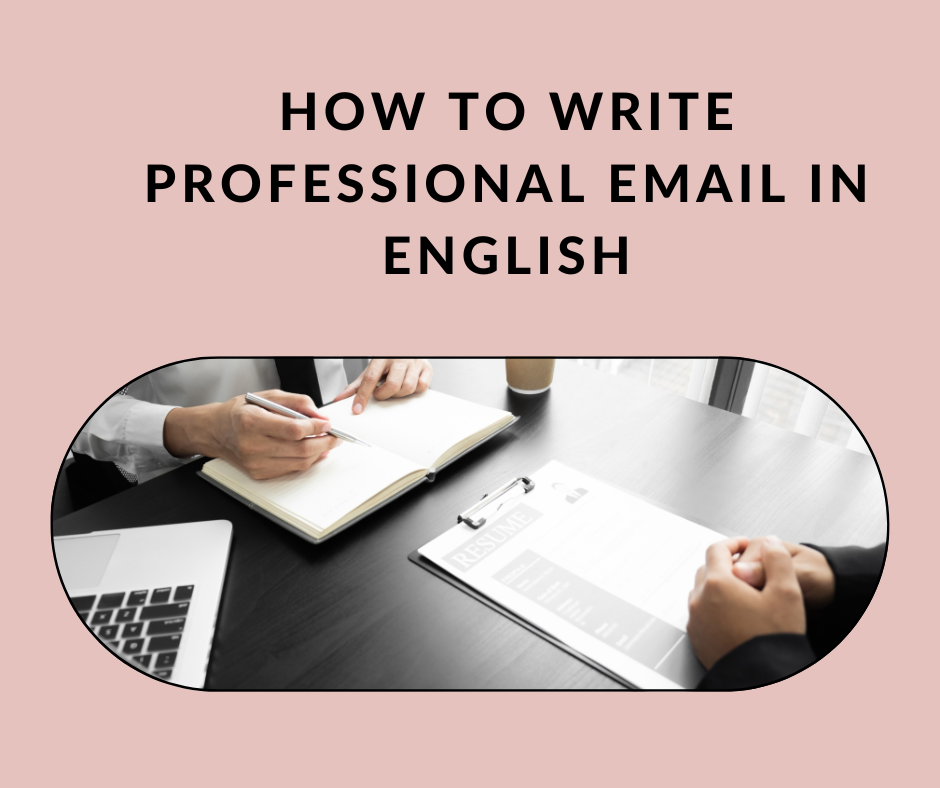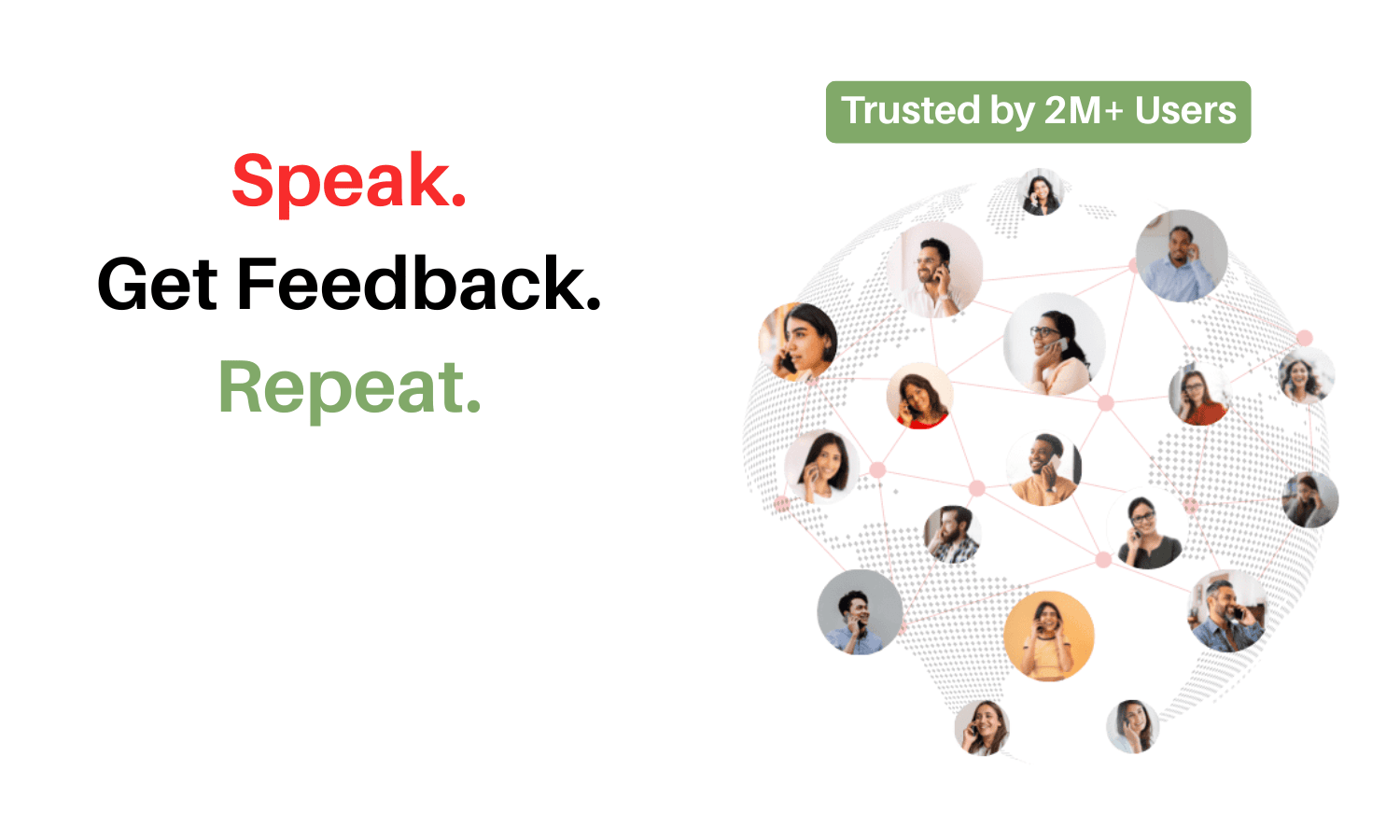
Crafting Professional Emails in English: A Comprehensive Guide
In today’s digital age, effective communication is crucial in both personal and professional spheres. One of the most common forms of professional communication is through email. Whether you’re reaching out to a colleague, client, or potential employer, the way you compose your emails can significantly impact how your message is received. In this guide, we will explore the key elements of writing a professional email in English.
-
Clear and Concise Subject Line:
-
-
- The subject line is the first thing your recipient sees, so make it clear and relevant.
- Use keywords that summarize the purpose of your email.
- Avoid vague or generic subject lines.
-
-
Formal Greeting:
-
-
- Start your email with a formal greeting, addressing the recipient by their title and last name (e.g., “Dear Mr. Smith”).
- If you have a close professional relationship, you may use their first name, but always err on the side of formality.
-
-
Introduction:
-
-
- Begin with a brief introduction that states the purpose of your email.
- Provide context if necessary, but keep it concise.
-
-
Body of the Email:
-
-
- Organize your thoughts into paragraphs, each focusing on a specific point.
- Use bullet points or numbered lists for clarity when presenting multiple items.
- Be specific and provide relevant details.
- Use professional language and avoid unnecessary jargon.
- Keep sentences and paragraphs short for readability.
-
-
Polite and Respectful Tone:
-
- Maintain a courteous tone throughout the email.
- Use polite phrases such as “please” and “thank you.”
- Avoid using all caps, as it may be perceived as shouting.
-
Professional Closing:
-
-
- Close the email with a professional sign-off (e.g., “Sincerely,” “Best regards,” “Kind regards”).
- Include your full name and, if applicable, your job title and company.
- If you anticipate further communication, express your willingness to provide additional information if needed.
-
-
Email Signature:
-
-
- Create a standardized email signature that includes your contact information.
- Include your phone number and professional social media profiles if relevant.
-
-
Proofreading:
-
-
- Before hitting “send,” carefully proofread your email for grammar and spelling errors.
- Pay attention to punctuation and sentence structure.
-
-
Attachments:
-
-
- Clearly mention and attach any files referred to in the email.
- Confirm that the recipient can easily access the attachments.
-
-
Follow Up:
-
- If a response is expected, mention the timeframe for a reply.
- Follow up politely if you don’t receive a response within the specified time.
Let’s checkout this video where we’re going to tackle a common challenge – writing professional emails that get the job done! I know it can be tough, but don’t worry, you’re in the right place.
Email communication is a big deal in today’s digital world, especially when it comes to work or formal settings. So, get ready to level up your email writing skills with some essential phrases and real-life examples that will make your emails stand out.
Phrases Covered:
👉 As per our discussion
👉 I would like to inquire about
👉 Thank you for your prompt attention
👉 I look forward to hearing from you
👉 Please find attached
👉 Per your request
👉 I apologize for any inconvenience caused
👉 Please let me know if you need any further assistance
👉 In light of recent developments
👉 Thank you for your understanding
Practice these phrases in your emails, and soon you’ll be a pro at professional email writing!
But don’t stop here! Engvarta provides a unique platform for practicing your English language skills with live tutors. With Engvarta, you can practice your pronunciation, grammar, and conversation skills with expert tutors from around the world. So, start practicing on Engvarta today and take your English skills to the next level.
Download the app for one on one spoken English practice with live English experts: https://engv.in

